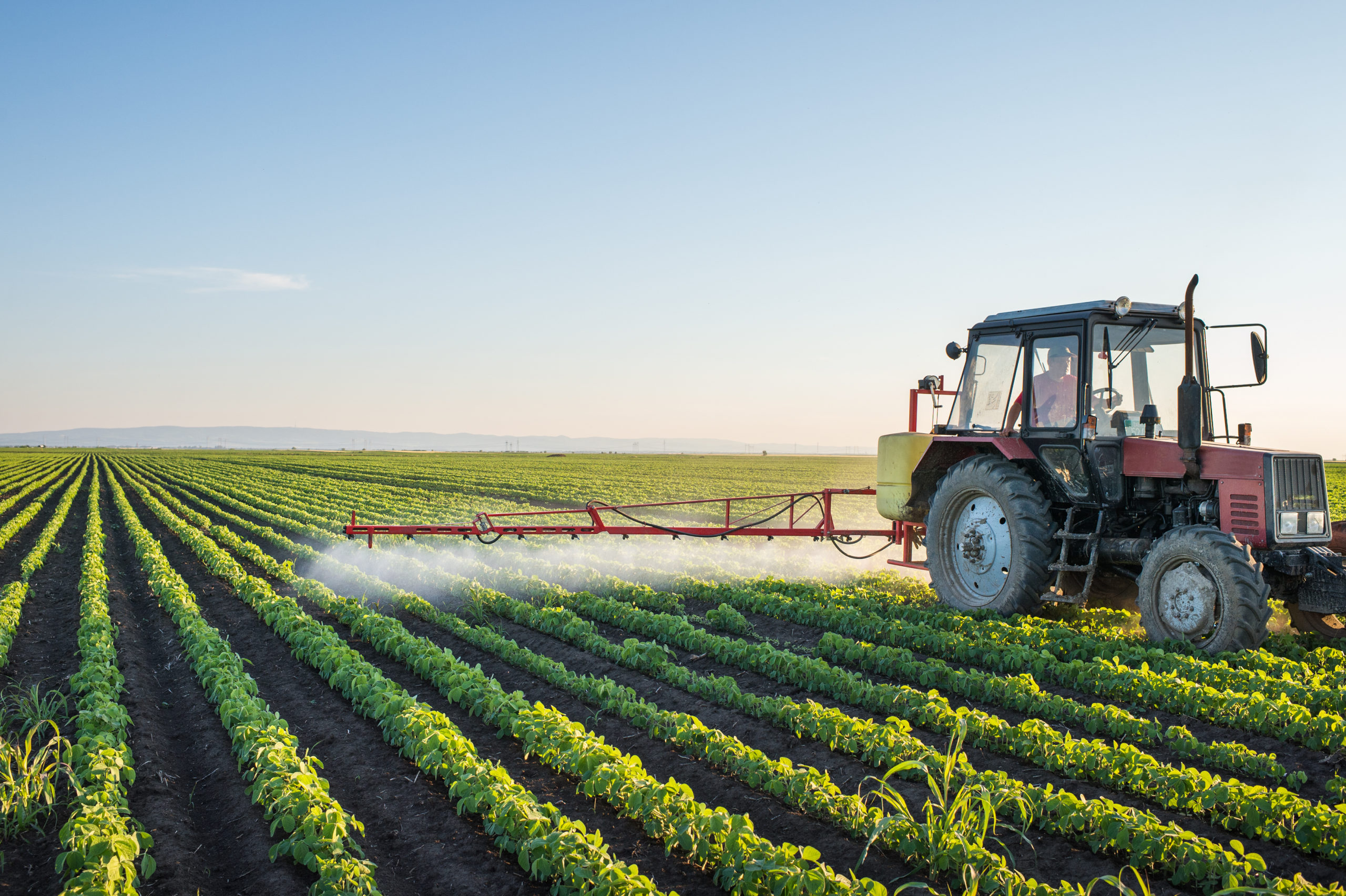



A significant challenge for those involved in the Australian agricultural domain is to find a good amount of workers due to the shortage during the months of September 2020 to January 2021. In these months, a high number of labourers are needed in order to harvest the fruits and vegetables that are produced. Moreover, the data that is acquired during this seasonal harvest suggests that the workforce could exceed 40,000 labourers. These figures are calculated based on visa approvals for backpackers and the number of workers registered under the Seasonal Worker Programme (SWP). During the last 12 months, an astonishing number of 32,000 backpackers were granted a renewal for their visa for the second time. This renewal was issued after the workers toiled for 88 days. Additionally, 7,999 SWP employees were given visas in order to work during August 2019 to January 2020.
In its narrowest definition, a labour shortage is an economic condition in which employers believe there are insufficient qualified candidates (employees) to fill the marketplace demands for employment at a wage that is mostly employer-determined.


Another major question that arises is where the workers will come from in this current year. The data collected by the Department of Home Affairs suggests that many workers had returned to their abodes as soon as the government announced the closure of their borders. Once the borders are reopened, many SWP workers that are currently in Australia may decide not to continue their work. In fact, many backpackers may also choose to head home. Due to the ongoing pandemic, it is less likely that many workers will volunteer to replace them. An approach that could relieve this problem is if the Department of Education, Skills, and Employment (DESE) quickly comes up with strategies to submit recruitment plans to fulfil the shortage of labour. Otherwise, this lack could become a severe problem for the horticultural industry.